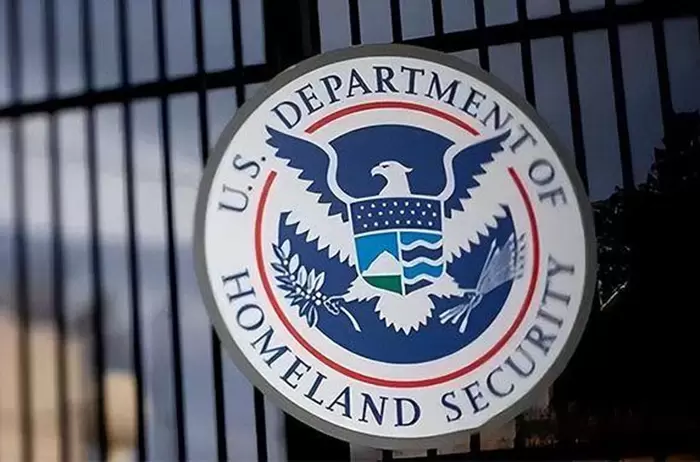Transportation risk management is a critical aspect of any business that relies on the movement of goods or people. From supply chain disruptions to accidents and regulatory compliance, transportation risks can have significant financial and operational implications. In this blog post, we will explore various strategies and best practices for effectively managing transportation risk.
- Conduct a Comprehensive Risk Assessment:
To effectively manage transportation risk, it is crucial to start with a comprehensive risk assessment. This involves identifying and evaluating potential risks across the entire transportation process, including procurement, storage, handling, and distribution. By understanding the specific risks associated with each stage, businesses can develop targeted risk mitigation strategies. - Establish Robust Supplier and Carrier Selection Processes:
Choosing reliable suppliers and carriers is essential for minimizing transportation risk. Conduct thorough due diligence to assess their safety records, compliance with regulations, financial stability, and overall reputation. Implementing a robust selection process will help ensure that you work with trustworthy partners who prioritize risk management. - Implement Technology Solutions:
Leveraging technology can significantly enhance transportation risk management. Implementing transportation management systems (TMS) can provide real-time visibility into shipments, enabling proactive risk mitigation. Additionally, integrating GPS tracking, telematics, and predictive analytics can help identify potential risks and optimize routes to minimize disruptions. - Develop Contingency Plans:
Despite careful planning, unforeseen events can still occur. Developing contingency plans is crucial to minimize the impact of transportation disruptions. These plans should include alternative transportation modes, backup suppliers, and emergency response protocols. Regularly review and update these plans to ensure their effectiveness. - Enhance Communication and Collaboration:
Effective communication and collaboration are vital for managing transportation risk. Establish clear lines of communication with suppliers, carriers, and other stakeholders to ensure timely information exchange. Implementing collaborative platforms or portals can streamline communication and facilitate proactive risk management. - Invest in Employee Training and Education:
Employees play a significant role in transportation risk management. Provide comprehensive training programs to enhance their understanding of transportation risks, safety protocols, and regulatory compliance. Encourage a culture of continuous learning and empower employees to report potential risks or suggest improvements. - Monitor and Measure Performance:
Regularly monitor and measure key performance indicators (KPIs) related to transportation risk management. This includes metrics such as on-time delivery, accident rates, compliance with regulations, and customer satisfaction. Analyzing these metrics can help identify areas for improvement and drive continuous enhancement of risk management strategies.
Conclusion:
Effectively managing transportation risk requires a proactive and multi-faceted approach. By conducting comprehensive risk assessments, selecting reliable partners, leveraging technology, developing contingency plans, enhancing communication, investing in employee training, and monitoring performance, businesses can minimize transportation risks and ensure smooth operations. Implementing these strategies will not only protect against potential disruptions but also enhance overall efficiency and customer satisfaction.





